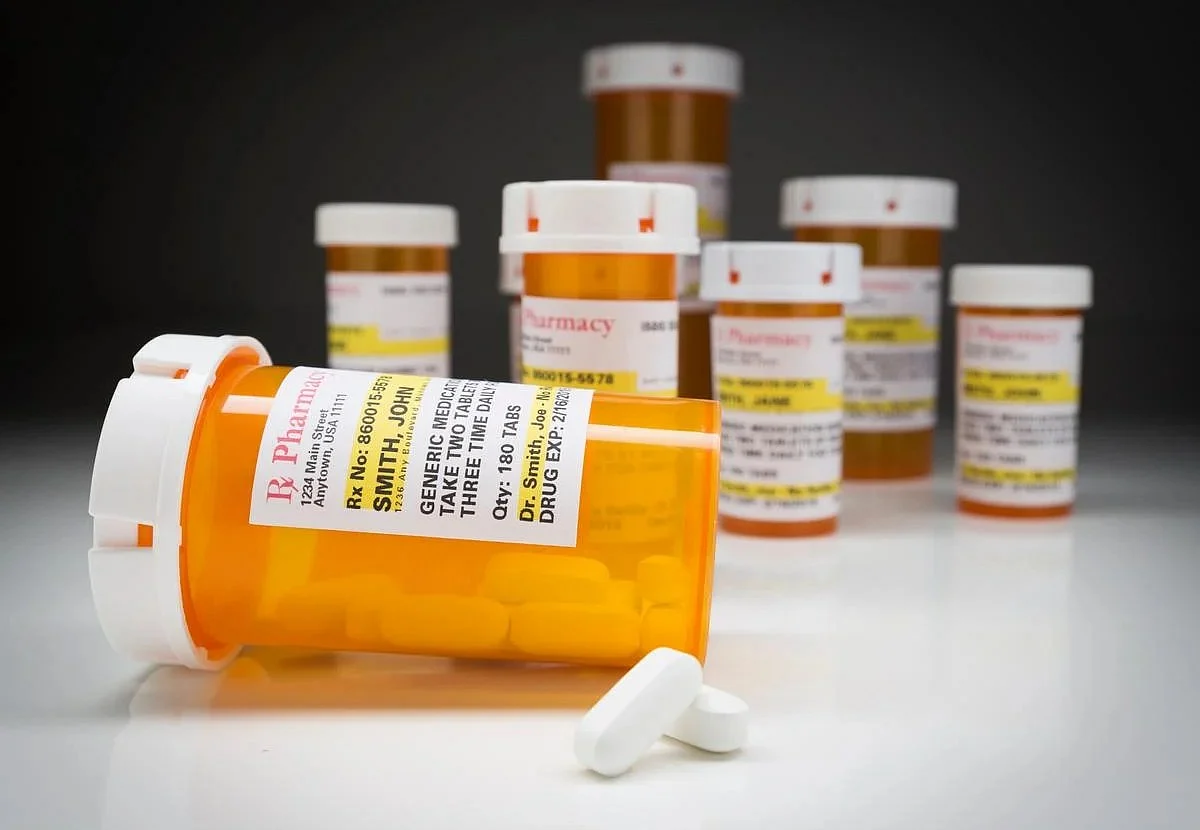AAP Offers Guidance for Tapering of Opioids to Prevent Withdrawal in Children
TUESDAY, Aug. 19, 2025 -- A plan for tapering opioids should be developed to minimize withdrawal symptoms in children receiving opioids for five or more days, according to a clinical report from the American Academy of Pediatrics (AAP) published online Aug. 18 in Pediatrics.
Adam C. Adler, M.D., from Texas Children's Hospital in Houston, and colleagues address screening for symptoms of iatrogenic opioid withdrawal as well as mechanisms for opioid withdrawal prevention.
The authors note that the signs and symptoms associated with withdrawal in the pediatric population are relatively consistent, with the primary manifestation often being neuropsychiatric symptoms. Commonly seen physiologic changes include increased muscle tone, nausea, vomiting, and diarrhea. Withdrawal symptoms can be experienced with opioid administration of five or more days; providers should consider preemptively tapering opioids if prescribing opioids for five or more days. A plan to taper the opioid while minimizing withdrawal symptoms should be developed; the plan should include patient support structure and be guided by the patient's primary care physician. Behavioral therapy may be a useful part of any weaning program. For patients with ongoing analgesia needs, nonopioid analgesics can be beneficial and can reduce opioid requirements. Physical or occupational therapy should form part of the treatment plan. Common pitfalls in tapering opioids include a schedule that is too rapid, failure to reassess and individualize the schedule, or inadequately accounting for analgesic needs. Weaning can be complicated by nonrecognition of withdrawal symptoms or attribution of unrelated symptoms to withdrawal.
"Prescription opioid use is prevalent in both pediatric inpatient and outpatient settings. Abrupt discontinuation of opioids can lead to drug-specific withdrawal symptoms," the authors write. "For patients receiving prolonged opioid therapy (more than five days), it is best to develop a plan to taper the opioid therapy while minimizing withdrawal symptoms."
Disclaimer: Statistical data in medical articles provide general trends and do not pertain to individuals. Individual factors can vary greatly. Always seek personalized medical advice for individual healthcare decisions.
© 2025 HealthDay. All rights reserved.
Read this next
Receipt of Meds for Opioid Use Disorder in Jail Increases Use After Release
TUESDAY, Sept. 23, 2025 -- Receipt of medications for opioid use disorder (MOUD) in jail is associated with an increased likelihood of receiving MOUD after community release...
High Exposure to Prenatal Prescribed Opioid Analgesics Likely Not Associated With ASD Risk
THURSDAY, Sept. 18, 2025 -- Associations are observed between high exposure to prescribed opioid analgesics (POAs) and the risk for autism spectrum disorder (ASD) or...
Over-the-Counter Naloxone Shows Limited Uptake
WEDNESDAY, Sept. 17, 2025 -- Sales of over-the-counter (OTC) naloxone increased in the United States after it was made available to the public then quickly declined...
More news resources
- FDA Medwatch Drug Alerts
- Daily MedNews
- News for Health Professionals
- New Drug Approvals
- New Drug Applications
- Drug Shortages
- Clinical Trial Results
- Generic Drug Approvals
Subscribe to our newsletter
Whatever your topic of interest, subscribe to our newsletters to get the best of Drugs.com in your inbox.


